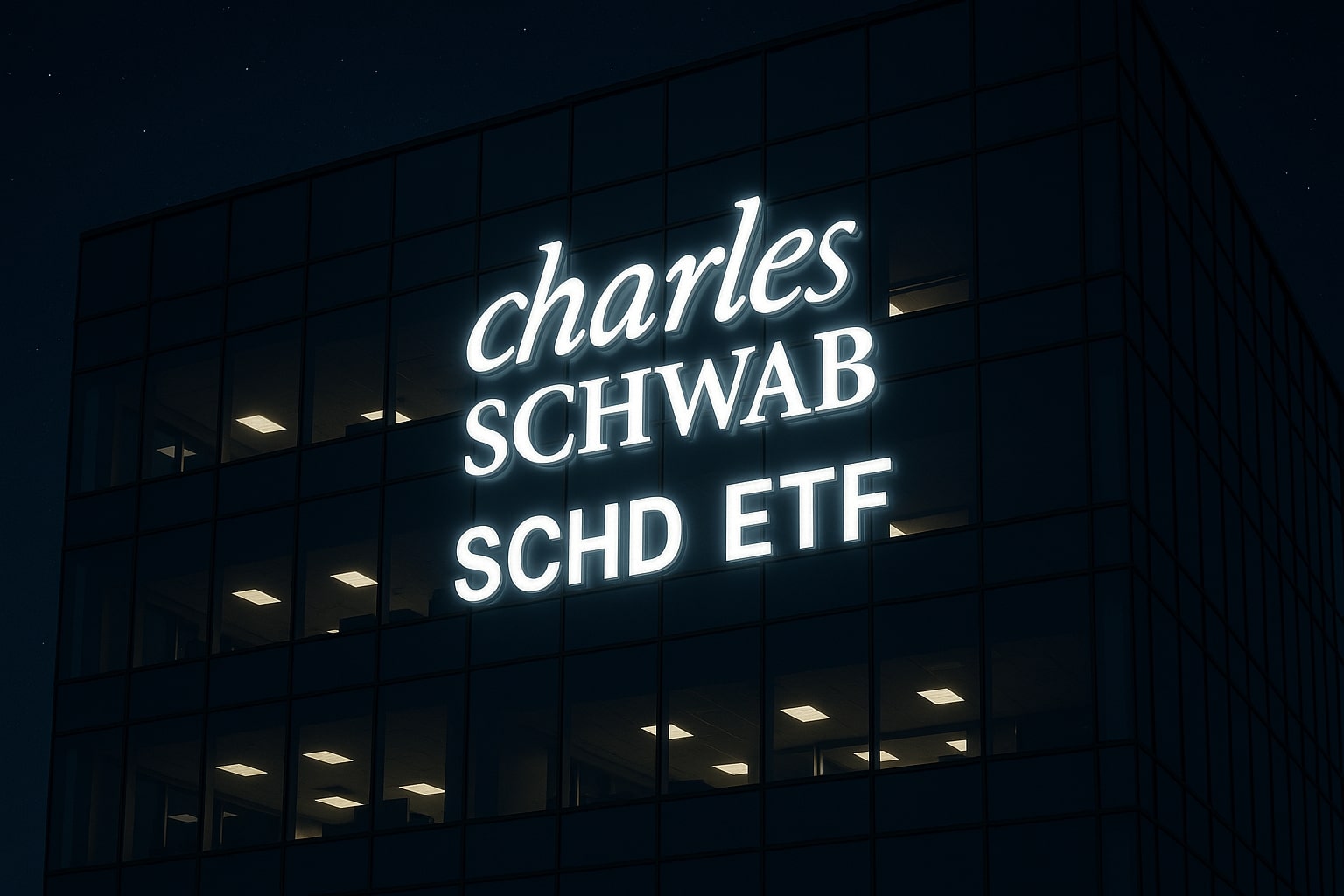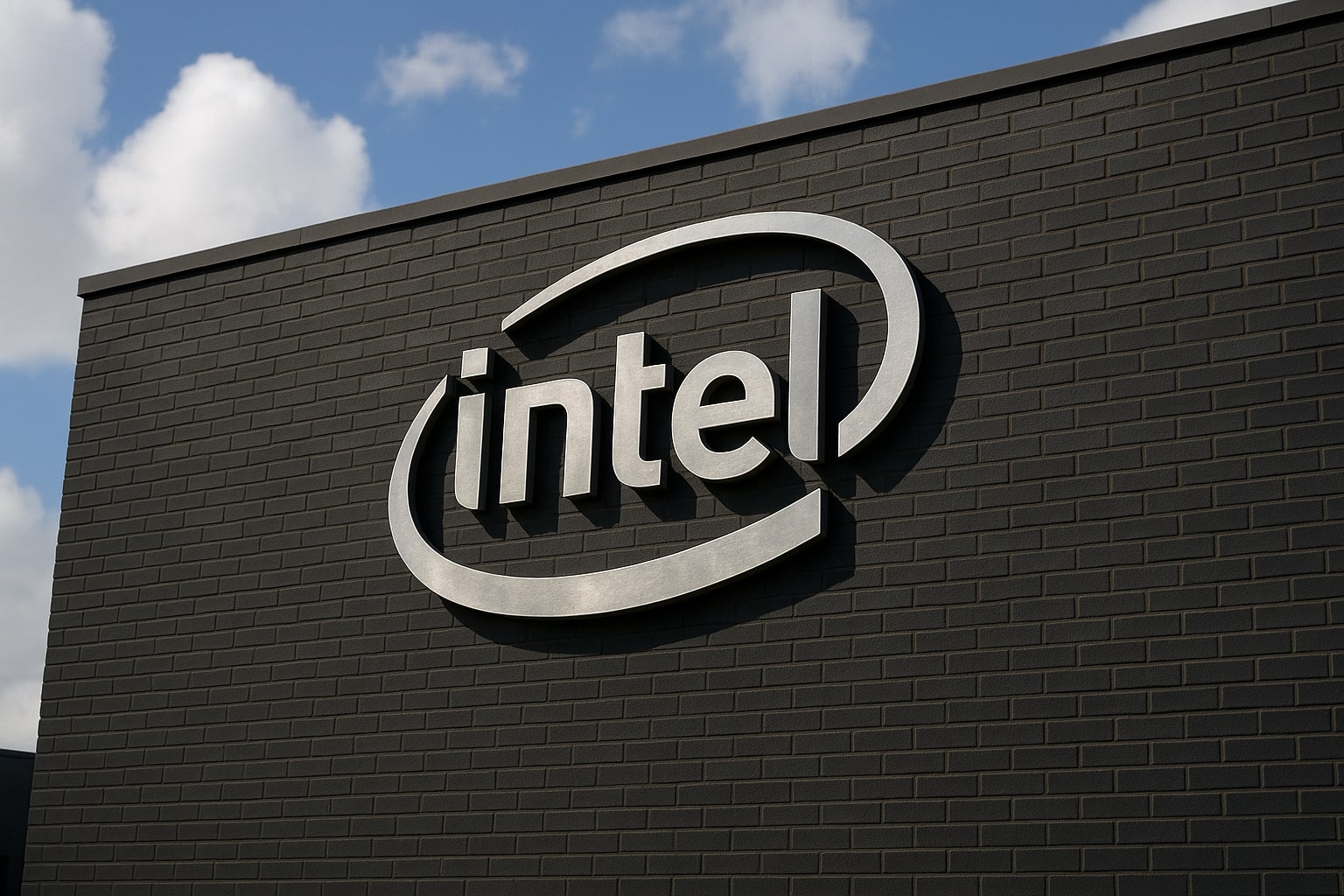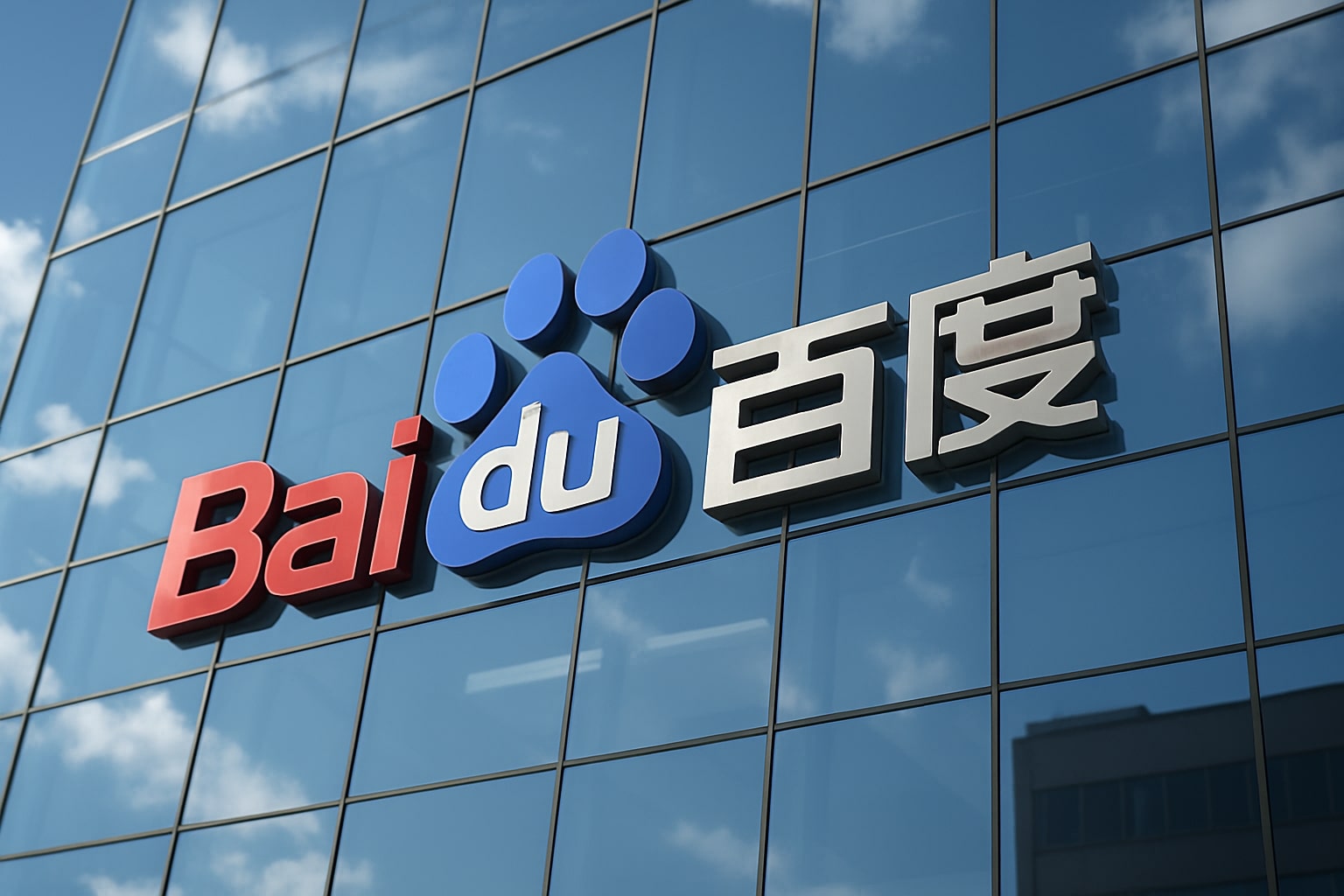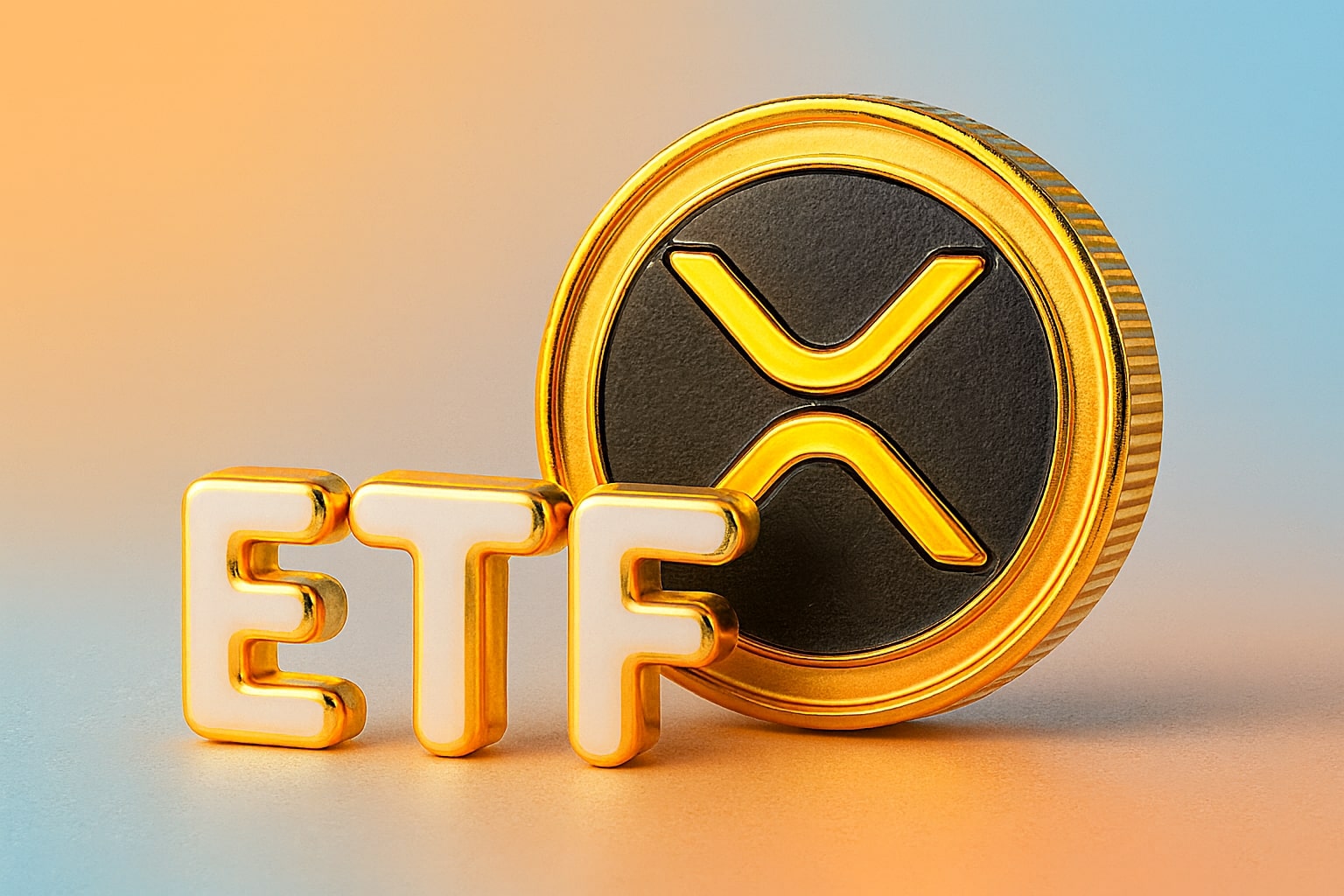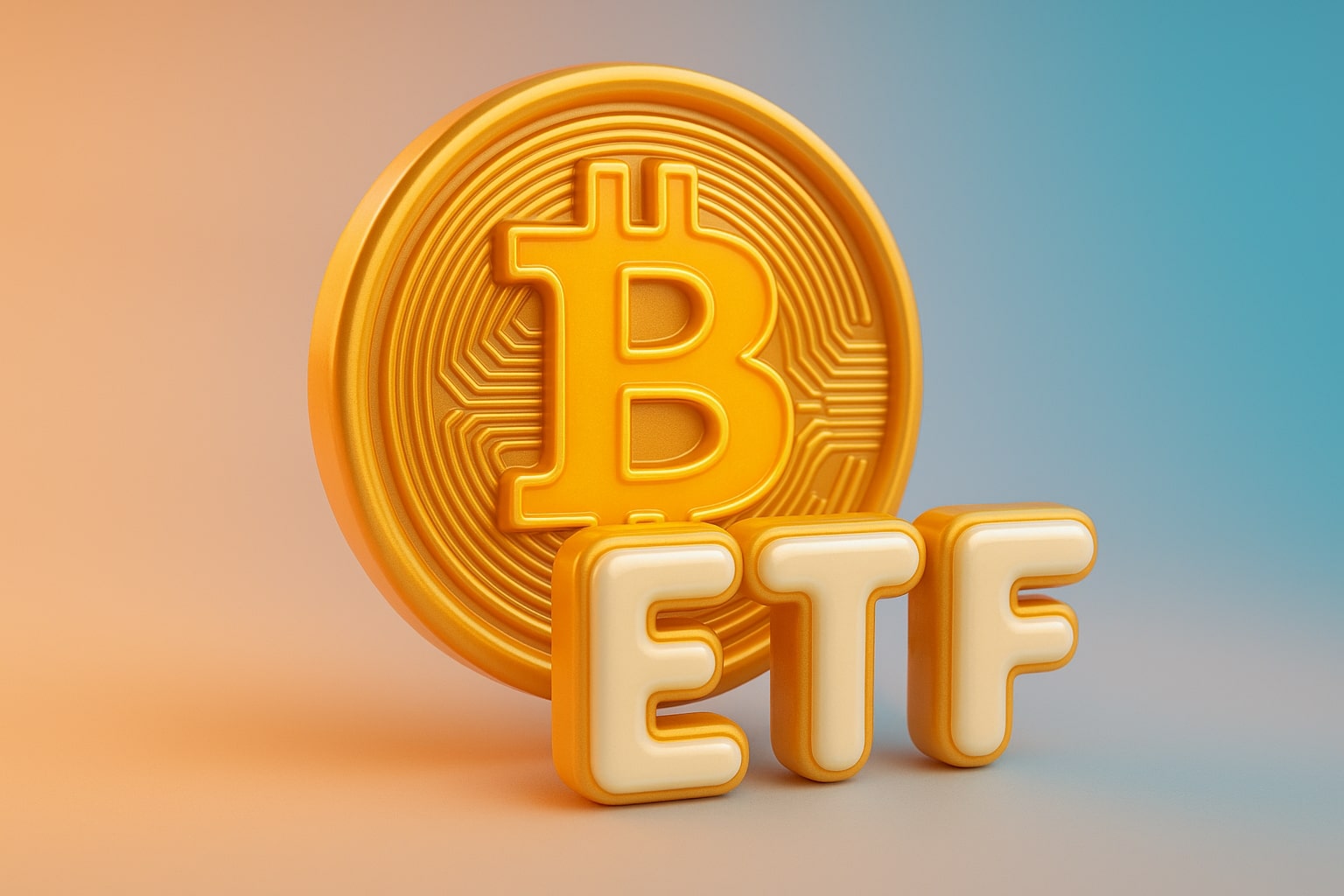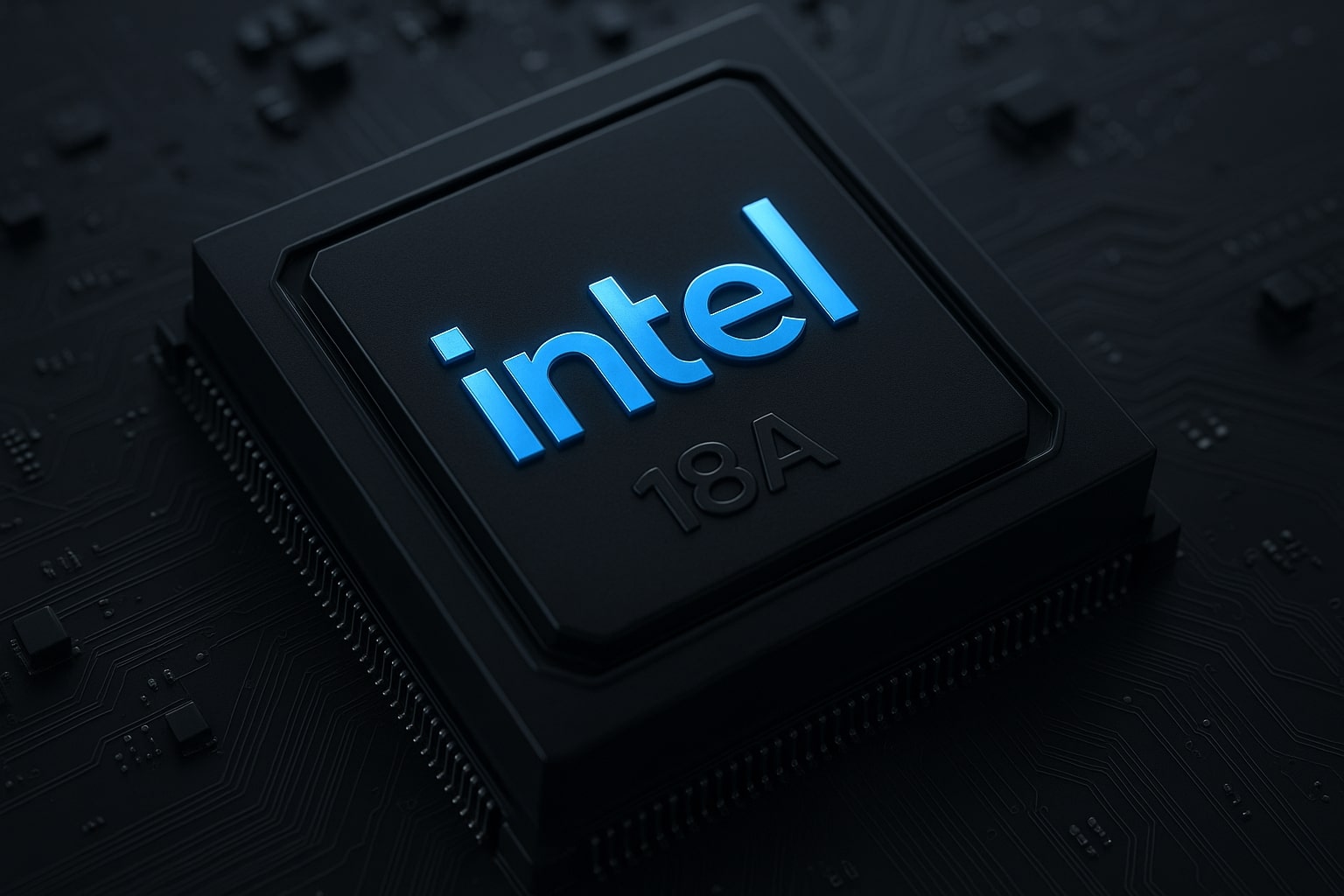
Intel Stock Price Forecast: INTC Jumps to $41.26 as AI Expansion and $15B Investment Power a Strong Buy
Intel’s $41.26 share price reflects a 111% YTD surge, fueled by AI-driven demand, a $15B boost from Nvidia, SoftBank, and the U.S. government, and a strong Q3 rebound with $13.7B in revenue and $0.23 EPS | That's TradingNEWS
Intel Stock Price Forecast (NASDAQ:INTC) Stock Rallies to $41.26 — Is This AI Comeback a True Buy Opportunity?
Intel Corporation (NASDAQ:INTC) is staging one of Wall Street’s most dramatic rebounds of 2025. The stock trades near $41.26, up over 90% year-to-date, doubling from its January lows of around $20, and hitting its highest level since early 2024. Once seen as a laggard in the AI race, Intel has re-emerged as a critical player—backed by new leadership, government capital, and even strategic collaboration with Nvidia (NASDAQ:NVDA). The key question now is whether Intel’s surge signals a sustainable turnaround or a rally running ahead of fundamentals.
Earnings Beat Revives Market Confidence in Intel’s Core Business
Intel’s Q3 2025 results confirmed tangible progress. Revenue climbed to $13.65 billion, a 2.8% year-over-year increase, while net income hit $4.06 billion, a staggering 124% improvement from last year’s loss. Adjusted earnings per share rose to $0.23, fifteen times higher than Wall Street’s expectations of just $0.01. Operating expenses dropped 19.7% to $4.36 billion, thanks to a massive restructuring plan that cut over one-fifth of the workforce and shed non-core operations. Gross margins improved sharply to 40%, up from roughly 35% a year ago, reflecting tighter cost control and higher factory efficiency. Intel’s EBITDA rose to $3.87 billion, with a 11.46% year-over-year increase, underscoring renewed profitability momentum.
Q4 Guidance: Flat Growth Masks Underlying Momentum
For the upcoming quarter, Intel forecasts revenue between $12.8 billion and $13.8 billion, with a midpoint of $13.3 billion, roughly flat year-on-year due to the sale of its Altera division. Adjusted for that divestiture, Intel projects up to 3% underlying growth, hinting at stable execution. However, management also guided for a temporary gross margin dip, reflecting ongoing ramp costs for next-generation chips. CFO David Zinsner emphasized that “demand is outpacing supply” and expects this tightness to persist into 2026, a positive signal for future pricing power.
The $15 Billion Lifeline: A Vote of Confidence from the Biggest Names in Tech and Policy
Intel’s turnaround was supercharged by a trio of high-profile investors that collectively poured $15 billion into the company this year. The U.S. government acquired a 9.9% stake worth $8.9 billion through the CHIPS Act, ensuring Intel’s role as America’s domestic semiconductor champion. Nvidia’s $5 billion investment, in exchange for roughly 4% of Intel, marked one of the most surprising alliances in recent tech history—linking the CPU and GPU titans to co-develop AI data-center chips. Meanwhile, SoftBank’s Vision Fund added $2 billion, signaling international investor confidence. This capital has improved Intel’s liquidity, expanded its AI chip roadmap, and stabilized its balance sheet after several unprofitable years.
Strategic Shift: Lip-Bu Tan’s AI-Centric Roadmap Redefines Intel’s Identity
Under new CEO Lip-Bu Tan, appointed in March 2025, Intel is pivoting aggressively into artificial intelligence and foundry services. The company unveiled its “Panther Lake” PC processors, built on the upcoming 18A (~2nm) node—the most advanced chip manufacturing process in its history, set for release in 2026. For data centers, Intel is preparing the “Clearwater Forest” CPUs and its first AI-focused GPU, also planned for 2026. These initiatives aim to position Intel as both a rival and partner to Nvidia in the AI infrastructure race. The company’s new foundry division—supported by U.S. government mandates—is courting clients like Microsoft (NASDAQ:MSFT) and Apple (NASDAQ:AAPL), with even AMD (NASDAQ:AMD) rumored to outsource chip production to Intel’s U.S. fabs.
Financial Strength and Margin Recovery Signal a Structural Rebound
Intel’s operating margin surged to 5%, a dramatic improvement from -68% last year, marking one of the fastest margin turnarounds in the semiconductor industry. The net profit margin now stands at 29.76%, up 123% year-on-year, validating CEO Tan’s cost discipline. Intel’s effective tax rate is a low 6.65%, aiding EPS expansion. Its market capitalization now stands near $197 billion, while P/E ratio has expanded to 3,891, inflated by temporarily low trailing earnings—a figure that’s expected to normalize as profitability stabilizes. With 154 million shares traded daily, liquidity remains robust, attracting both institutional and retail investors betting on Intel’s AI-driven transformation.
Read More
-
SCHD ETF Price at $27: Can SCHD’s 4% Yield and 9.15% Dividend Growth Beat High-Yield Covered Call ETFs?
15.12.2025 · TradingNEWS ArchiveStocks
-
XRP ETFs Close on $1B Inflows as XRPI at $10.92 and XRPR at $15.52 Hit 52-Week Lows
15.12.2025 · TradingNEWS ArchiveCrypto
-
Natural Gas Price Forecast: NG=F Holds the $4 Floor as Oversupply Clashes with 2026 LNG Demand
15.12.2025 · TradingNEWS ArchiveCommodities
-
USD/JPY Price Forecast - Dollar to Yen At 155: Yen Strength Builds As BoJ Hike And NFP Collide
15.12.2025 · TradingNEWS ArchiveForex
Intel–Nvidia Alliance: A Strategic Pivot from Competition to Collaboration
The new partnership with Nvidia represents a turning point in Intel’s modernization effort. The two companies are collaborating to integrate Intel’s CPU platforms with Nvidia’s NVLink ecosystem, creating a seamless data-transfer framework for AI and high-performance computing workloads. This move could position Intel as a key manufacturing and architectural partner for Nvidia’s data-center expansion while allowing Intel to capitalize on its massive fabrication capacity. For Nvidia, which faces chronic supply bottlenecks at TSMC (NYSE:TSM), Intel’s foundry arm provides an alternative production path. For Intel, it’s validation of its re-entry into the most profitable segment of the chip industry—AI compute infrastructure.
Analyst Split: Momentum Bulls vs. Valuation Bears
Wall Street remains divided on whether Intel’s rally can sustain. The stock trades at ~70x forward earnings, far above peers like Nvidia (~30x) or AMD (~40x). HSBC and Bank of America downgraded INTC to “Reduce” and “Underperform”, warning the stock has moved “too far, too fast.” In contrast, UBS raised its target to $40, citing improving margins and strategic partnerships that could accelerate free cash flow generation. The consensus 12-month price target of $26–$30 implies potential downside from current levels, but bulls argue these targets underestimate the impact of Intel’s new government-backed balance sheet and AI strategy.
Technical Picture: Golden Cross and Momentum Surge Confirm Investor Optimism
In October, Intel’s 50-day moving average crossed above the 200-day, forming a “golden cross”—a technical indicator of long-term bullish momentum. The stock’s 52-week range between $17.67 and $42.48 underscores the scale of its 2025 breakout. Despite a brief pullback from its post-earnings high, Intel remains near the top of that range, with support around $39.50 and resistance near $42.80. Relative Strength Index (RSI) readings near 68 suggest short-term overbought conditions, but the broader uptrend remains intact as long as the stock stays above $38.
AI Demand Tightens Supply and Bolsters Pricing Power
Intel’s management highlighted that AI-related demand has created a “high-class problem”—demand exceeding supply. This constraint, according to CFO Zinsner, will persist into 2026, signaling that Intel’s production capacity is now operating near full utilization. The company’s client computing group posted 5% growth to $8.5 billion, while the data-center and AI division generated $4.1 billion, down 1% year-over-year due to supply limitations rather than weak demand. These figures suggest Intel’s recovery is demand-led rather than cost-engineered—a crucial indicator of sustainable momentum.
Government and Institutional Backing Anchor Intel’s Long-Term Position
Beyond the financial influx, the U.S. government’s 9.9% ownership gives Intel a geopolitical moat. The CHIPS Act stake cements Intel’s role in U.S. semiconductor self-sufficiency, shielding it from the offshoring risk that haunts rivals. At the same time, SoftBank’s $2 billion position provides financial discipline and access to global venture ecosystems, while Nvidia’s stake aligns the two most influential players in chip design and manufacturing. These relationships don’t just bring capital—they legitimize Intel’s roadmap to regain leadership in next-gen semiconductors.
Valuation Perspective and Market Context
Intel’s market cap of $196.93 billion positions it below AMD ($250B) and far behind Nvidia (~$1 trillion), suggesting room for re-rating if execution continues. The stock’s price-to-sales ratio (~3x) remains modest compared to Nvidia’s ~20x, indicating Intel could still be undervalued if AI revenue scales meaningfully by 2026. The broader semiconductor index (SOX) rose 96% YTD, while Intel’s 111% jump outpaced all major peers, including AMD’s 80% rally. The rally has also been accompanied by a spike in volume and institutional inflows, reinforcing long-term investor confidence.
Operational Risks and 18A Yield Challenges
Intel’s 18A node, its most ambitious process ever, remains a technological challenge. Current yields are still below industry norms, and management expects normalization by 2027. This delay could constrain profitability and margin expansion in the near term. However, the company’s aggressive cost cuts, supply partnerships, and AI demand could offset yield inefficiencies. Intel’s pivot toward foundry services also provides diversification, reducing reliance on cyclical PC demand.
Insider and Institutional Signals
According to Intel’s insider transactions, insider activity has been neutral, with limited selling and moderate institutional accumulation—consistent with a market entering a consolidation phase after strong gains. Institutional ownership now exceeds 65%, highlighting robust conviction among large funds betting on Intel’s AI transition.
Verdict: Intel (NASDAQ:INTC) Is a Strategic Buy Amid the AI Supercycle
Intel’s resurgence is more than a short-term rebound—it reflects a structural transformation powered by capital infusion, AI integration, and operational discipline. Despite valuation concerns, the combination of Q3 profitability, $15 billion in fresh funding, Nvidia collaboration, and government backing makes Intel’s turnaround credible. With revenue stabilizing near $13.6 billion, and next-gen product launches in the pipeline, Intel remains a Buy for long-term investors betting on America’s semiconductor resurgence. Near-term volatility may persist, but the risk-reward profile favors accumulation between $38–$40, targeting $50+ by late 2026 as AI growth and foundry scaling drive Intel’s next earnings leg higher.














